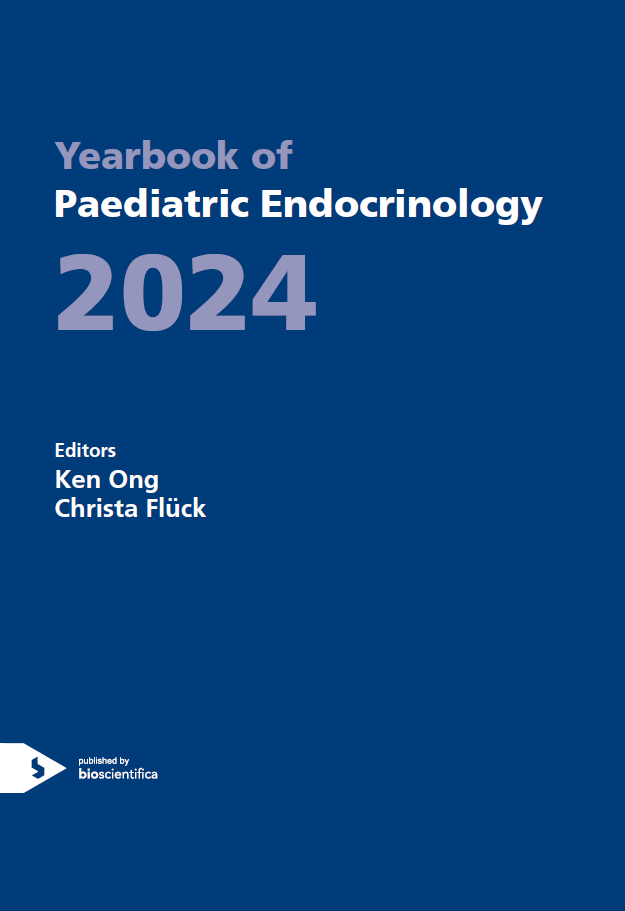6. Differences of Sexual Development (DSD) and Gender Incongruence (GI)
DSD - Novel Genes and Mechanisms involved in Gonadal Development
ey0021.6-1 | DSD - Novel Genes and Mechanisms involved in Gonadal Development | ESPEYB21
6.1. The -KTS splice variant of WT1 is essential for ovarian determination in mice
EP Gregoire , MC De Cian , R Migale , A Perea-Gomez , S Schaub , N Bellido-Carreras , I Stevant , C Mayere , Y Neirijnck , A Loubat , P Rivaud , ML Sopena , S Lachambre , MM Linssen , P Hohenstein , R Lovell-Badge , S Nef , F Chalmel , A Schedl , MC Chaboissier
ey0021.6-2 | DSD - Novel Genes and Mechanisms involved in Gonadal Development | ESPEYB21
6.2. Variants in SART3 cause a spliceosomopathy characterised by failure of testis development and neuronal defects
KL Ayers , S Eggers , BN Rollo , KR Smith , NM Davidson , NA Siddall , L Zhao , J Bowles , K Weiss , G Zanni , L Burglen , S Ben-Shachar , J Rosensaft , A Raas-Rothschild , A Jorgensen , RB Schittenhelm , C Huang , G Robevska , J van den Bergen , F Casagranda , J Cyza , S Pachernegg , DK Wright , M Bahlo , A Oshlack , TJ O'Brien , P Kwan , P Koopman , GR Hime , N Girard , C Hoffmann , Y Shilon , A Zung , E Bertini , M Milh , B Ben Rhouma , N Belguith , A Bashamboo , K McElreavey , E Banne , N Weintrob , B BenZeev , AH Sinclair
ey0021.6-3 | DSD - Novel Genes and Mechanisms involved in Gonadal Development | ESPEYB21
6.3. Complete male-to-female sex reversal in XY mice lacking the miR-17~92 cluster
A Hurtado , I Mota-Gomez , M Lao , FM Real , J Jedamzick , M Burgos , DG Lupianez , R Jimenez , FJ Barrionuevo
ey0021.6-4 | DSD - Novel Genes and Mechanisms involved in Gonadal Development | ESPEYB21
6.4. Microdeletion at ESR1 intron 6 (DEL_6_75504) is a susceptibility factor for cryptorchidism and hypospadias
Y Masunaga , Y Fujisawa , F Massart , C Spinelli , Y Kojima , K Mizuno , Y Hayashi , I Sasagawa , R Yoshida , F Kato , M Fukami , N Kamatani , H Saitsu , T Ogata




